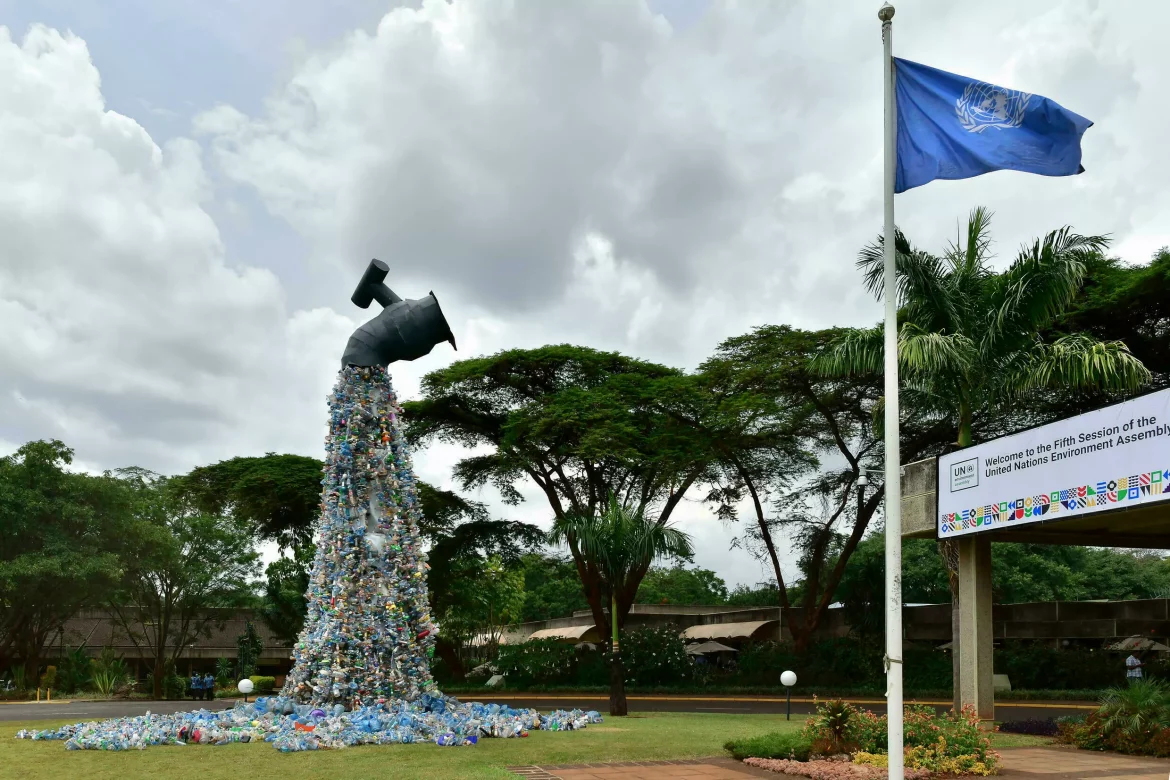Executive Director of the United Nations Environment Programme (UNEP), Inger Andersen has said a global plastics treaty which is being negotiated in Nairobi “holds the potential and the promise of being the biggest multilateral environmental breakthrough” since the Paris climate accords signed in 2015.
Ahead of a UN environment summit starting on Monday in Nairobi where UNEP is headquartered, a framework for a legally binding plastics agreement is being hammered out.
While there are competing proposals being considered, more than 50 countries have thrown their weight behind calls for a treaty that includes tough new controls on plastics, which are largely derived from oil and gas.
Read also: Mozambique launches Africa’s largest mangrove reforestation project
This could include limits on the manufacture of new plastic, or the phasing-out of single-use products that choke oceans and marine life and take centuries to break down.
Delegates who are meeting in Nairobi are expected to agree on the broad template for a treaty and establish a negotiating committee to finalise the terms, a process that would take at least two years.
According to the UNEP boss, “This is a big moment, this is one for the history books,”.
She said it was too early to speculate about specific details of the treaty but stressed it was “hopeless” to try to curb plastic litter without addressing the source.
Andersen, who was appointed UNEP head in 2019 said, “Stopping the plastic tap is critical… If you continue polluting over here, and cleaning up there, that is a forever job”.
Millions of plastics end up in the world’s ocean
Some 400 million tonnes of new plastic are manufactured every year — a figure set to double by 2040. Sadly, less than 10 per cent of plastic is recycled, the rest burned or dumped on land where it often ends up in rivers and flows out to sea and drifts around the globe.
Much of the world’s plastic has ended up in the world’s ocean. Of major concern is the fact that these plastic items do not fully disappear. Although they have a lifespan of mere minutes to hours, they often contain additives that make them stronger, more flexible and durable, persisting in the environment for at least 400 years.
As they get smaller and smaller, they are swallowed by farm animals or fishes in the river who mistake them for food. Millions of these animals are killed by plastics every year, from birds to fish to other marine organisms.
Nearly 700 species, including endangered ones, are known to have been affected by plastics. It is feared that If the current trend of waste mismanagement continues, our oceans could contain more plastic than fish by 2050.
Story was adapted from France 24.
